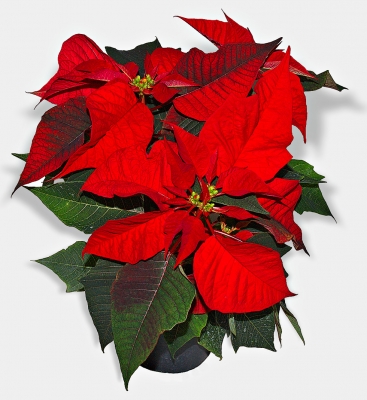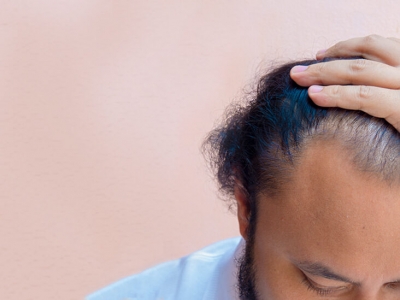How did the poinsettia get its name?

The poinsettia or 'Christmas flower' derives its name from Joel Poinsett, the first U.S. Minister to Mexico and an amateur botanist. He discovered the shrub (Euphorbia pulcherrima) growing by the side of the road in Taxco, Mexico in December 1828 and sent cuttings back to his plantation in South Carolina.
The poinsettia's main attraction is not its flowers (the yellow clustered buds in the centre), but its leaves (the coloured parts) that are actually bracts or 'modified leaves'. In the wild, the poinsettia can reach heights of 12 feet with leaves measuring 6-8 inches across. Pulcherrima is Latin for 'very beautiful'.
Poinsettias are not toxic, contrary to popular belief. They produce a milky sap that, like other Euphorbia plants, can cause you (or your pets) a stomach ache or irritate your skin if exposed to or consumed in excessive quantities, but they’re harmless otherwise.
Poinsettias are available in more than 100 different sizes and colors, ranging from red to yellow to multi-colored to speckled. These plants have more than 100 varieties.
Picture Credit : Google
